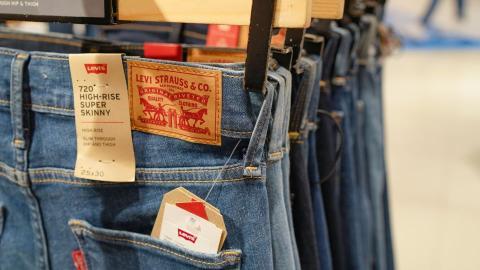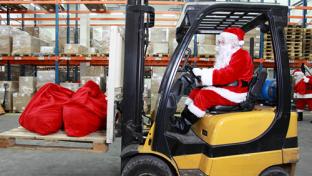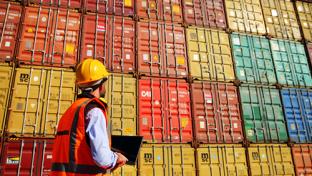Levi’s End-to-End Supply Chain Investments Support Inventory Demand and Global DTC Focus
Levi’s has its eyes set on direct-to-consumer as the driver of its business. The segment grew 13% in Q3 compared to last year, according to the latest earnings report. With that growth, however, has come inventory-related strains on distribution centers. In order to alleviate the burden, the company is investing in end-to-end solutions.
Looking at inventory, dollars increased 6% in the third quarter, according to the company’s chief financial and growth officer, Harmit Singh. The company expects a downward trend, however, with levels already below last year in the U.S. The glut already put stress on distribution centers (DCs) that couldn’t keep up.
“It's been tough, largely because we had more inventory. We really have been working collectively as a team to try and decongest [our distribution centers], so that we could start servicing our customers and our stores,” said Singh.
To combat this, Levi’s opened a new DC on the East Coast to service e-commerce efforts, giving the company additional capacity. As a result, and thanks also in part to upgrades to Levi’s ERP and simplified global supplier interactions, the DC congestion in 2023 is “largely behind us,” said Michelle Gass, Levi’s president.
[Learn more: Levi’s Readies For DTC-Optimized On-Cloud ERP and Raises Bot Bar]
As the company looks to scale its DTC efforts globally, moving from functioning like a wholesaler to a vertical retailer, it is investing in end-to-end supply chain optimizations.
“When you're in direct-to-consumer, whether that's your stores or in e-comm, you want to be able to have the flexibility to chase into things that are working really well or pull back if they're not, and so that's in the supply chain side of things,” said Gass.
Part of this is improving on supply chain execution, continuing work within pricing optimization, and delivering more innovation, she added. “The work we are doing today and in the years ahead will help us further drive sustainable, profitable, long-term growth.”
It also means being more purposeful about go-to-market strategies for specific products, allowing data to drive real-time decisions, using deep capabilities in product development and design, and executing shipments.
“There should be multiple tracks of timelines across different products,” said Gass. “For example, as you know, tops and especially fashion tops, operate on a much faster timeline than say your core 501 denim bottoms. Not saying we're going to become fast fashion, but getting inside of a 12-month timeline is imperative for us to both drive relevance in these categories and then make sure we get the kind of turns that we need in a DTC business.”
This article first appeared on the site of sister brand CGT.






